The Island as Teacher: Learning from the Land in Bali
By Ivory CampbellBali’s landscape invites us to contemplate the complex relationship between humanity and nature. This island, often referred to as paradise, embodies both beauty and fragility; its lush terrains are not merely scenic backdrops but living narratives that reflect traditional philosophies. Its cultural landscape is a multidimensional phenomenon that reveals its historical roots while adapting to contemporary influences and needs. My time in Bali revealed just how much traditions can be preserved amidst globalisation. The daily symphonies, from the sweet chirp of birds to rain rolling off leaves, created a beautifully immersive auditory experience that heightened my awareness of environmental interconnectedness. This harmonious blend of nature and culture invited deeper reflection on my own relationships with place and tradition.
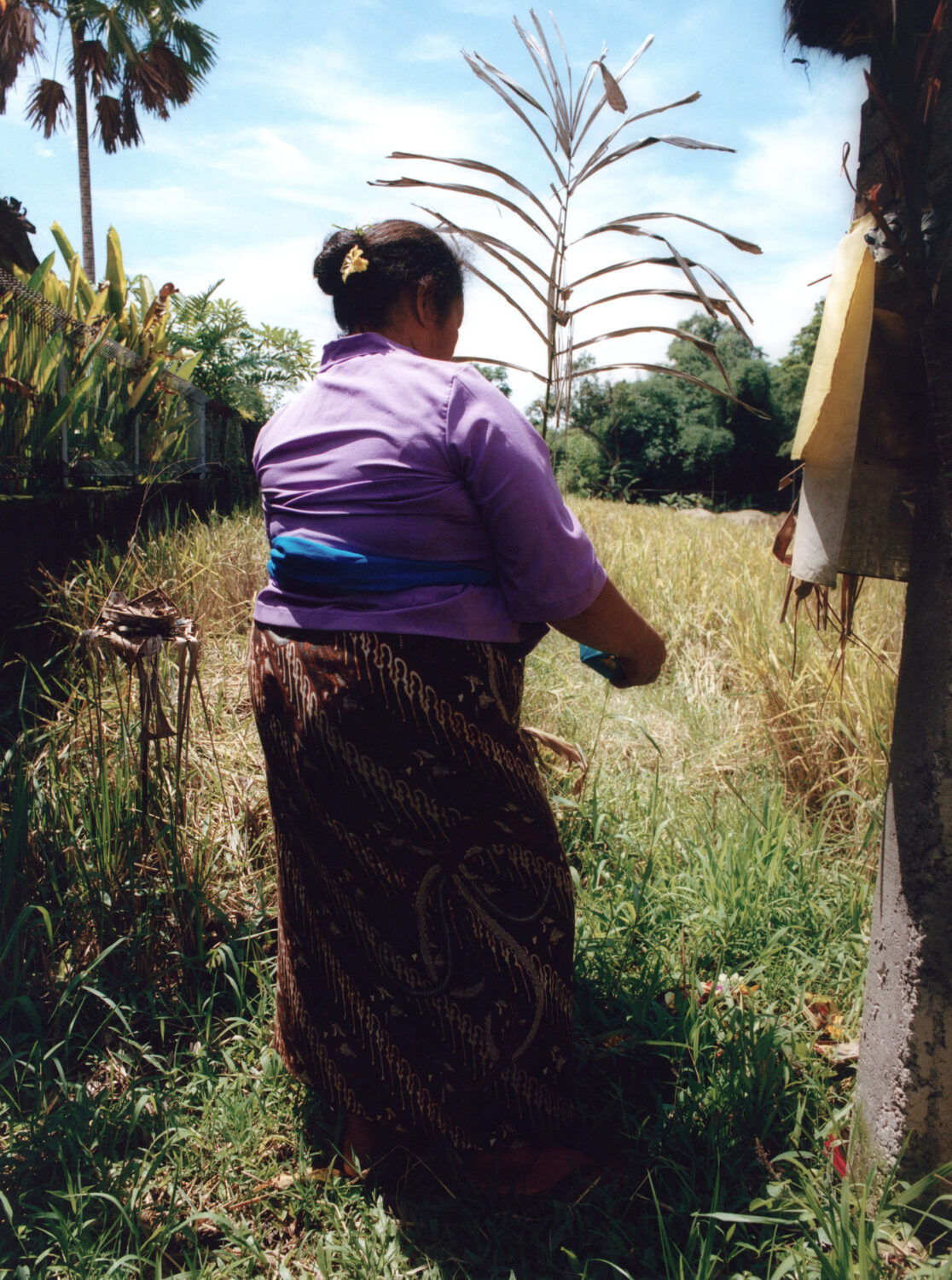
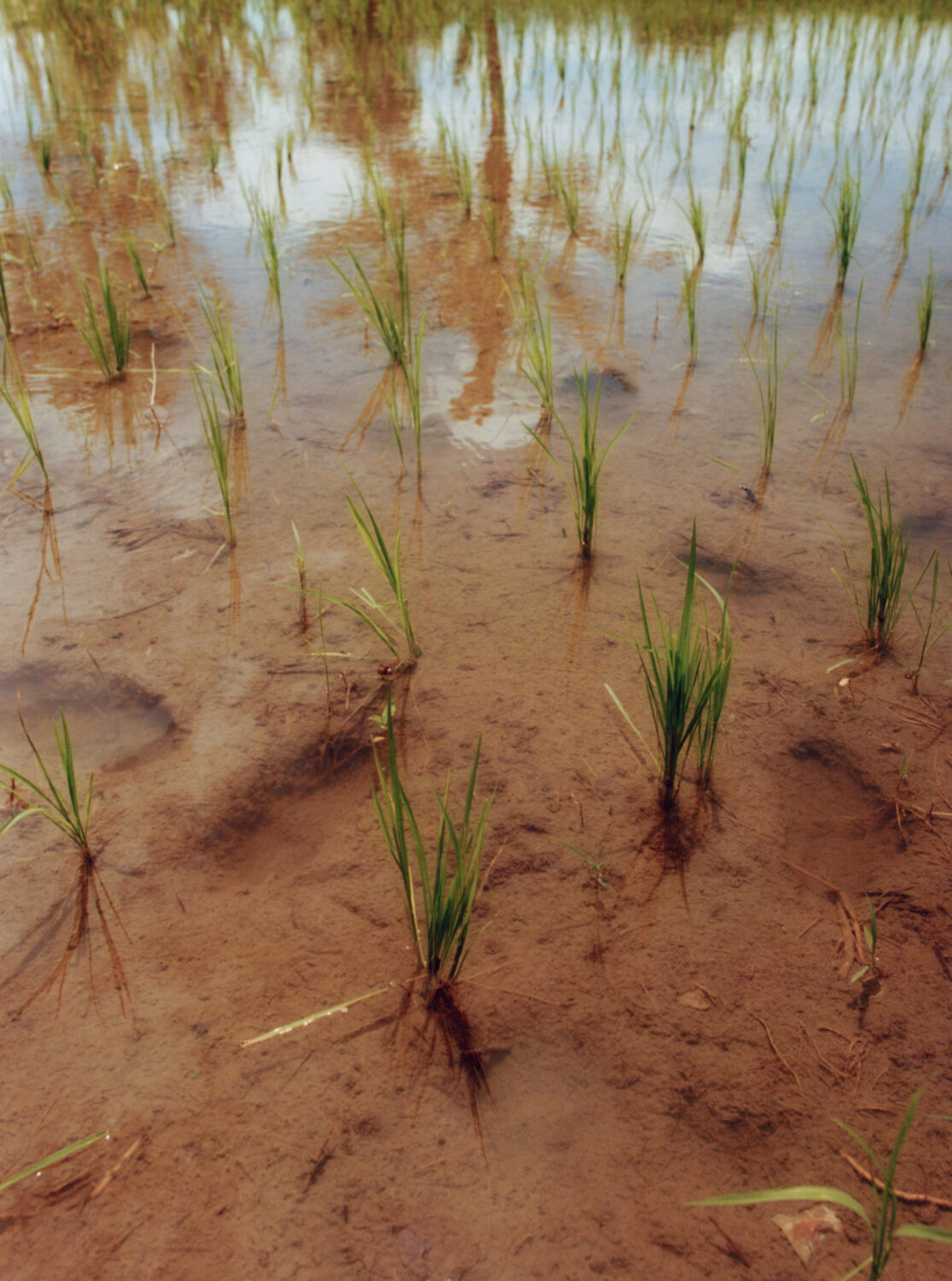
The Indonesian island exemplifies how diverse natural landscapes can simultaneously promote ecological balance, human well being, and sustainable development, making it a vital case study in environmental preservation and economic growth. Bali’s stunning rice terraces are not only a testament to the island’s agricultural heritage but also a cultural symbol. This cooperative water management system exemplifies the Balinese philosophy of harmony between nature and human activity. Characterised by their verdant green hues and tiered layouts, these terraced fields play a crucial role in sustaining local economies through agriculture and tourism. The cultivation of rice remains central to Balinese identity, influencing local customs, rituals, and social structures.

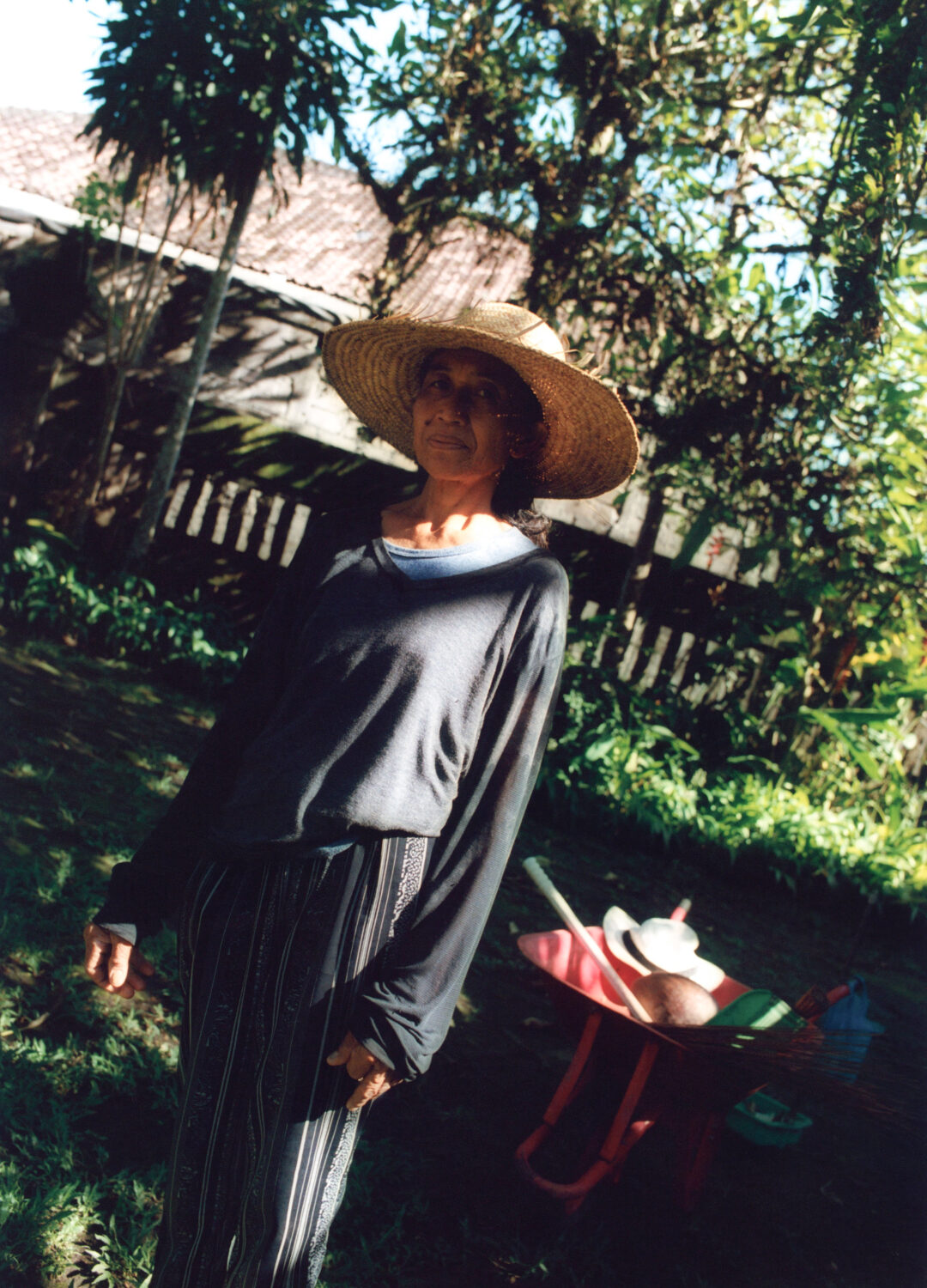
Balinese offerings and prayers are integral components of the Hindu ritualistic landscape, reflecting a deep-rooted spiritual and cultural heritage. These offerings, known as “Canang sari,” are intricate arrangements of flowers, fruits, and other symbolic items presented to deities as acts of devotion that are placed meticulously at shrines and along pathways. Balinese spirituality is inseparable from the environment, with each gesture reflecting an acknowledgment of nature’s gifts and an understanding of life’s cyclical rhythms. The use of incense in these Balinese offerings is steeped in symbolism. Different types of incense are believed to possess unique properties that can influence the spiritual atmosphere during rituals. For example, sandalwood is often favoured for its calming effects, while jasmine is associated with purity and love. The fragrant smoke rising from the incense symbolises prayers ascending to the divine, creating a connection between the earthly realm and higher spiritual entities. The practice underscores the Balinese belief in “Tri Hita Karana,” (roughly translated to three causes of well-being), which emphasises balance among humans, nature, and the divine.
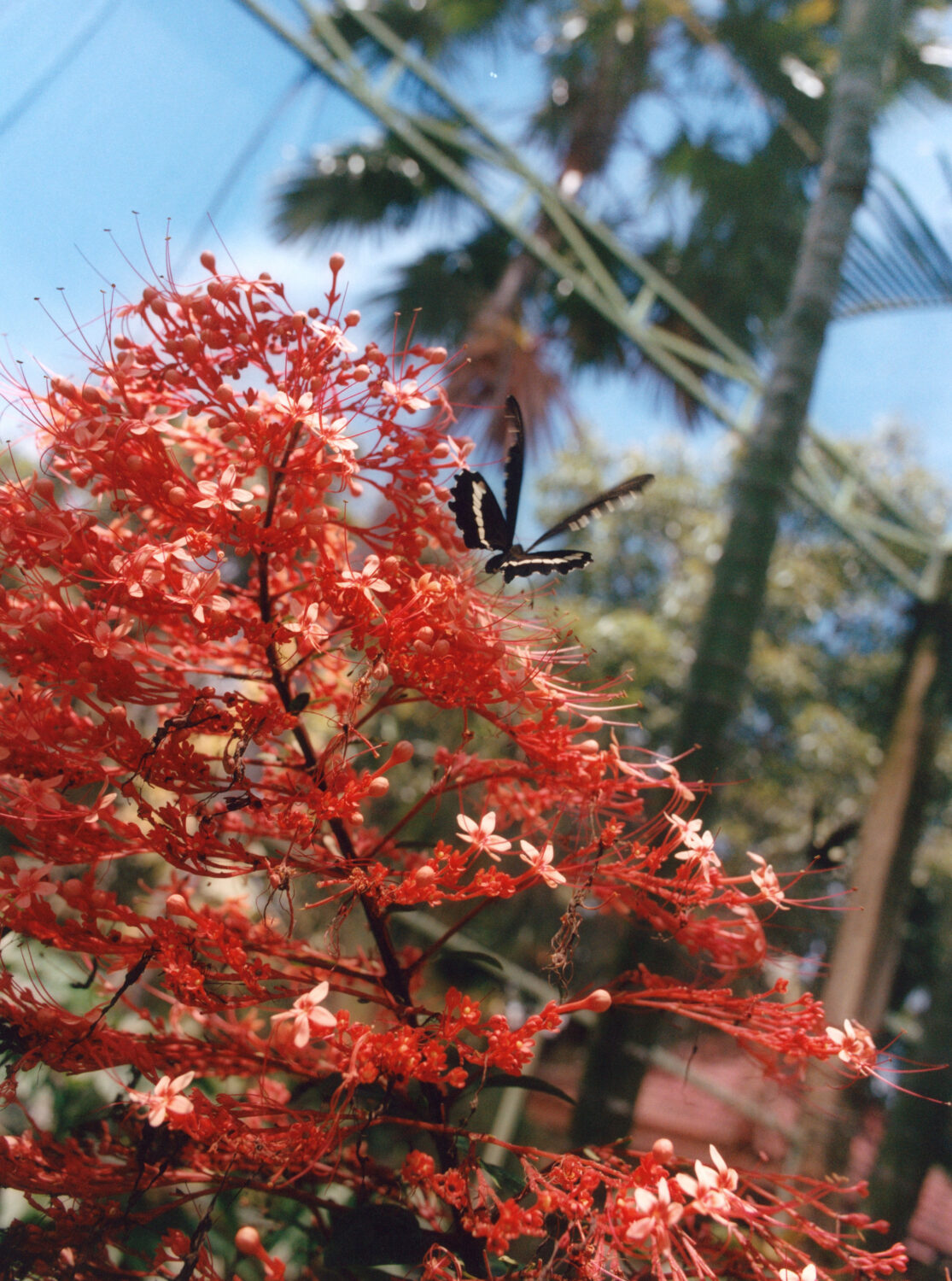
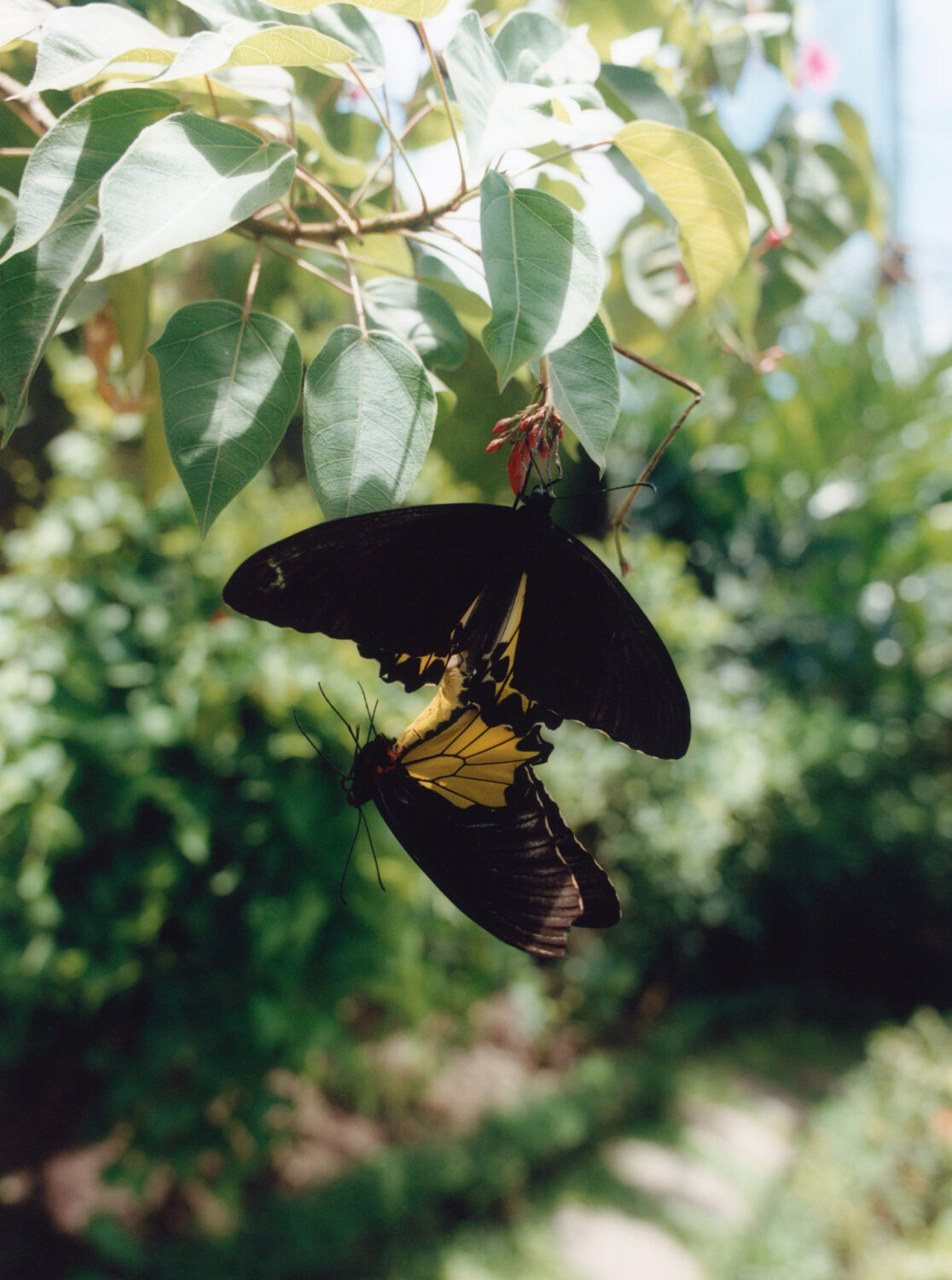
Butterflies are integral to cultural symbolism in Balinese society. They are often associated with transformation and beauty, reflecting broader themes within local art and spirituality. Located in the Tabanan Regency, Bali Butterfly Park serves as a sanctuary for over 900 butterflies from various species, showcasing the island’s rich biodiversity. The park not only provides an opportunity to observe these insects up close but also educates visitors about their ecological significance.

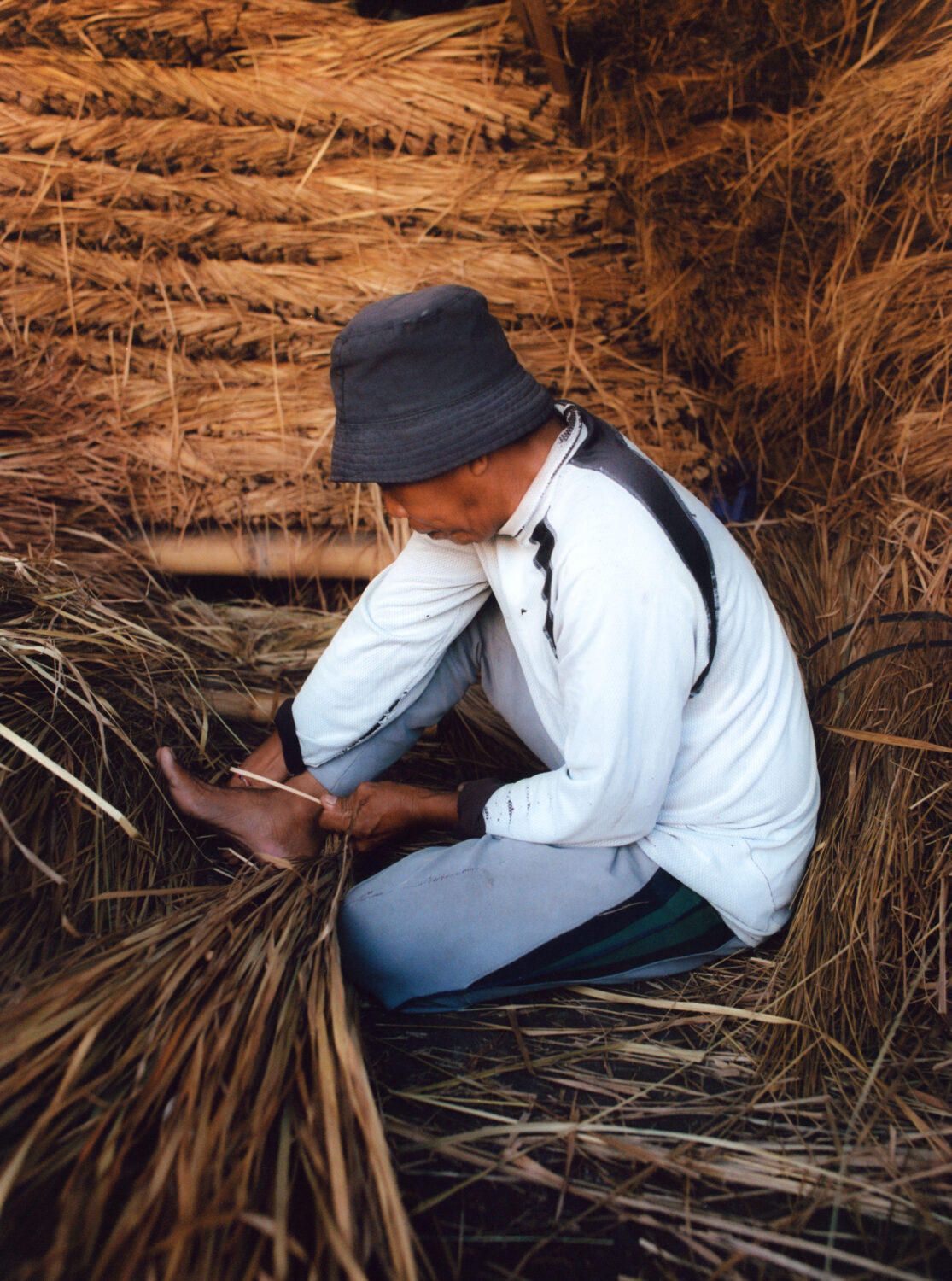
Bamboo has emerged as an important material in Bali, particularly in the realms of architecture, craft, and sustainable development. The island’s rich cultural heritage has traditionally embraced bamboo due to its availability and versatility. As a renewable resource, bamboo grows rapidly and requires minimal maintenance compared to conventional timber, making it an environmentally friendly alternative. Traditionally used for various applications, from housing to ceremonial structures, bamboo embodies the island’s rich heritage and connection to nature. The use of bamboo extends beyond architecture into various facets of everyday life in Bali, including household items, musical instruments, and tools. The architectural landscape of Bali is increasingly characterised by innovative bamboo structures that blend seamlessly with the natural environment.
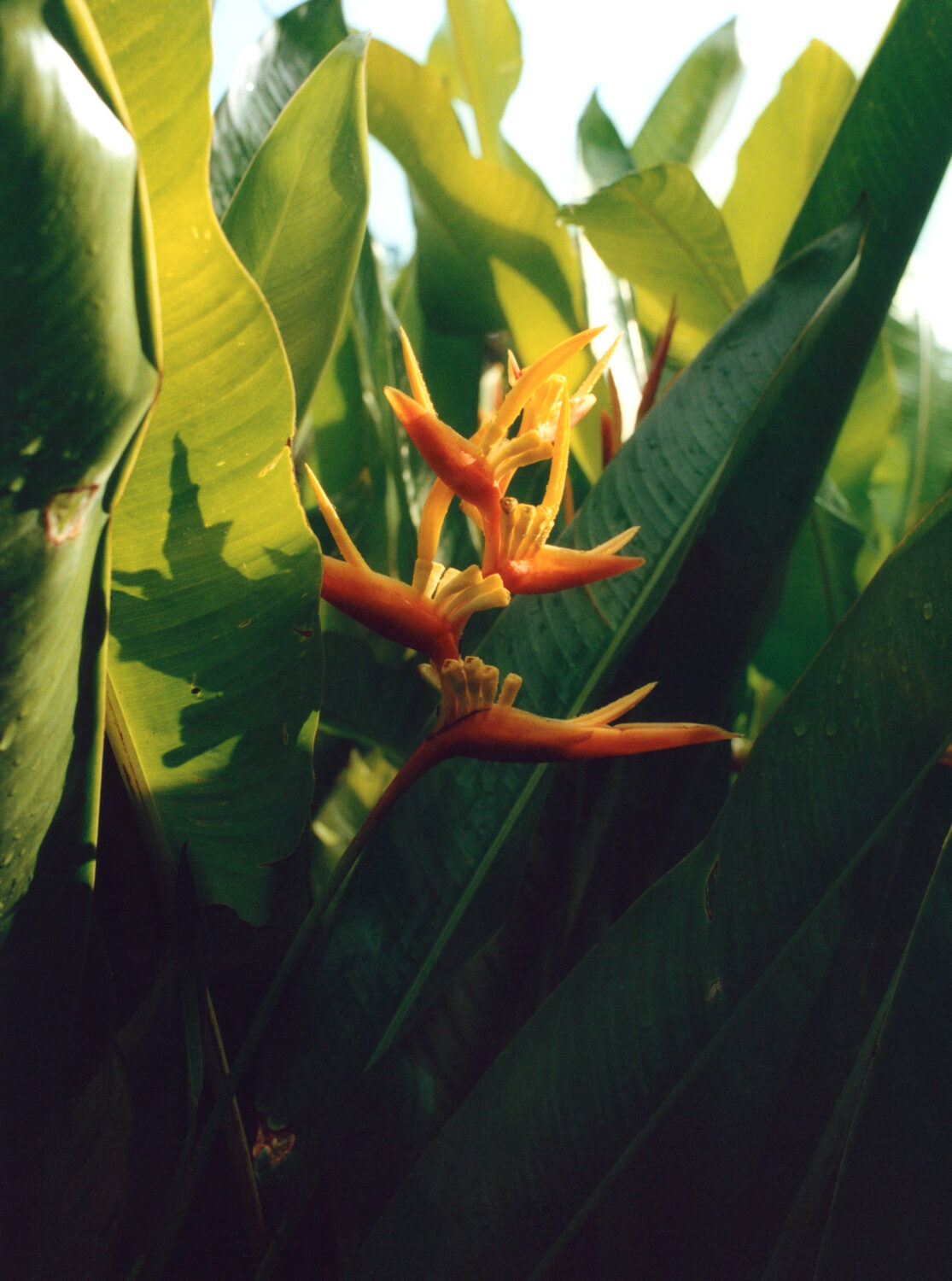

Bali’s landscapes are imbued with lessons waiting to be unearthed by those willing to engage thoughtfully with their surroundings. Each sunrise over Ubud’s hills brought forth not just light but also clarity, a gentle reminder that amidst life’s journey lies inherent natural beauty worthy of contemplation. I am compelled to carry forward the essence captured within Bali: a harmonious coexistence forged between culture and natural environment and a legacy worth cherishing as we navigate through our own lives.
Feature image: Photography by Ivory Campbell